Conifers
Others
——————
|
Non-native Conifers
Many of the conifers found in our cities and parks are non-natives,
introduced from other parts of the country or from around the world.
Look for them in local parks.
You may see some in your neighborhood. You may even find one in your own yard.
|
|
|
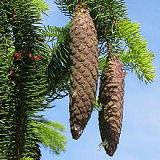 Norway
Spruce Norway
Spruce
– Picea abies
Needles: Sharp,
thin, stick out all around the
twig
Cones:
4-7" long with paper-thin scales
Bark:
Gray-brown scales
|
|
|
|
|
|
|
|
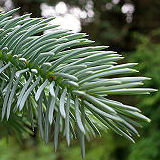 Blue
Spruce Blue
Spruce
– Picea pungens
Needles: Sharp,
thin, blue, stick out all around twig
Cones: 3" long with
paper-thin scales
Bark:
Gray-brown scales
|
|
|
|
|
|
|
|
|
|
 Cedars Cedars
– Cedrus
Needles: Bundles of
15-35, sharp points
Cones:
Upright, disperse seeds on tree
Bark:
Gray, furrowed with flat plates
|
|
|
|
|
|
|
|
|
|
|
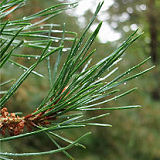 Scots Pine Scots Pine
– Pinus sylvestris
Needles: 1-3" long
in bundles of 2, often blue-green
Cones:
1-2" long, egg-shaped, diamond-shaped scales
Bark:
Young bark is orange-red,
developing gray scales on large trunks
|
|
|
|
|
|
|
|
|
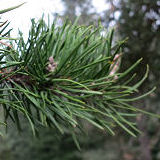 Jack Pine Jack Pine
– Pinus banksiana
Needles: 1-2"
long
in bundles of 2
Cones:
2" long, curved, clusters of 2 or 3, point forward on branch
Bark: Orange to
reddish-brown,
developing furrows and gray scales
|
|
|
|
|
|
|
|
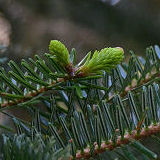 Spanish
Fir Spanish
Fir
– Abies pinsapo
Needles: 1" long,
stiff, growing all
around twig
Cones: 4-7" long, upright,
disperse seeds on tree
Bark: Gray with blisters,
breaking into scaly
plates and small fissures
|
|
|
|
|
Note:
The conifers shown here may appear different from some of the horticultural
varieties that have been developed from the original natural tree
species.
©
2013 Ken Denniston
|
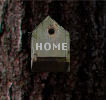
 Norway
Spruce
Norway
Spruce Blue
Spruce
Blue
Spruce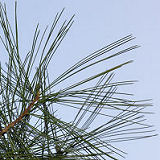 Eastern White
Pine
Eastern White
Pine Cedars
Cedars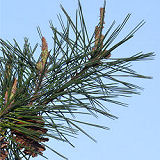 Japanese
Red Pine
Japanese
Red Pine Giant Sequoia
Giant Sequoia Scots Pine
Scots Pine Dawn Redwood
Dawn Redwood Jack Pine
Jack Pine Spanish
Fir
Spanish
Fir